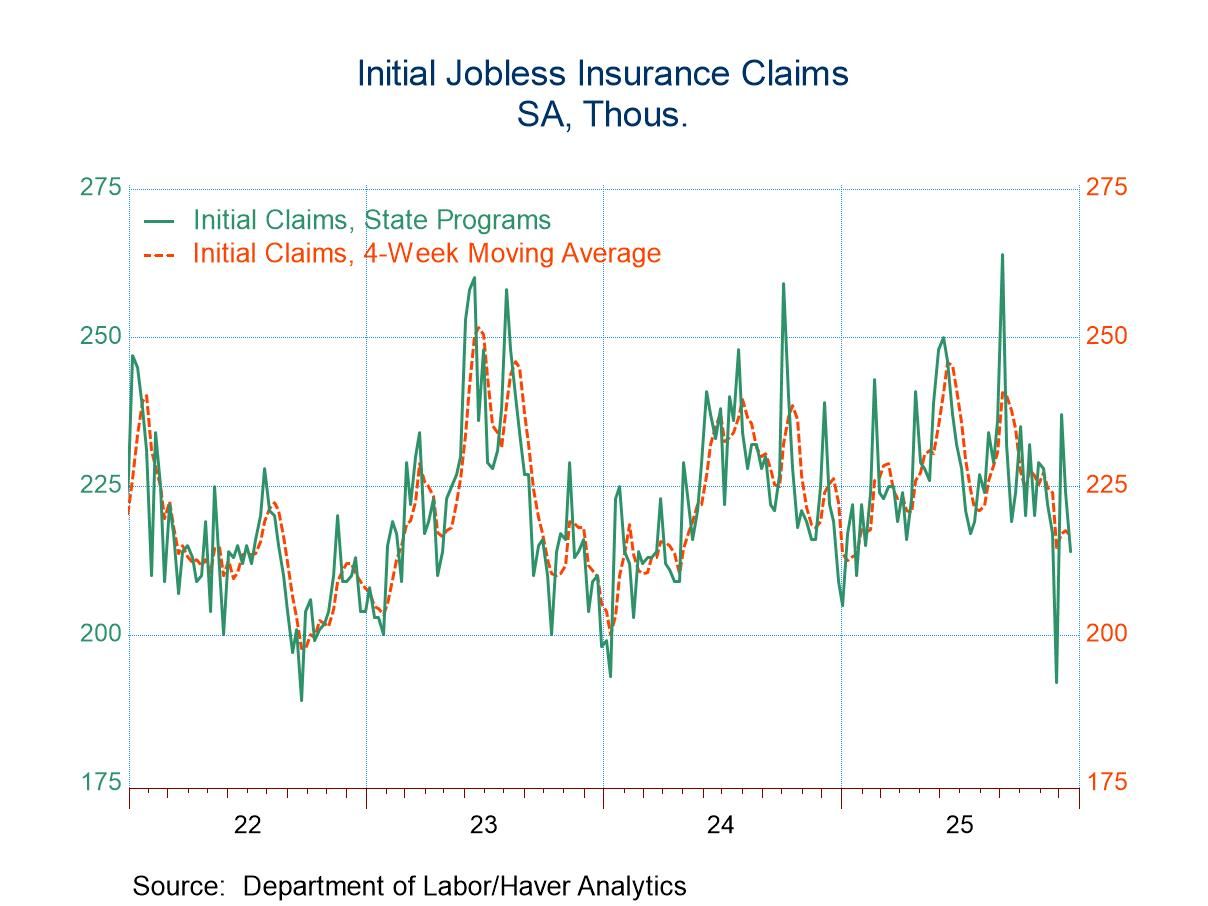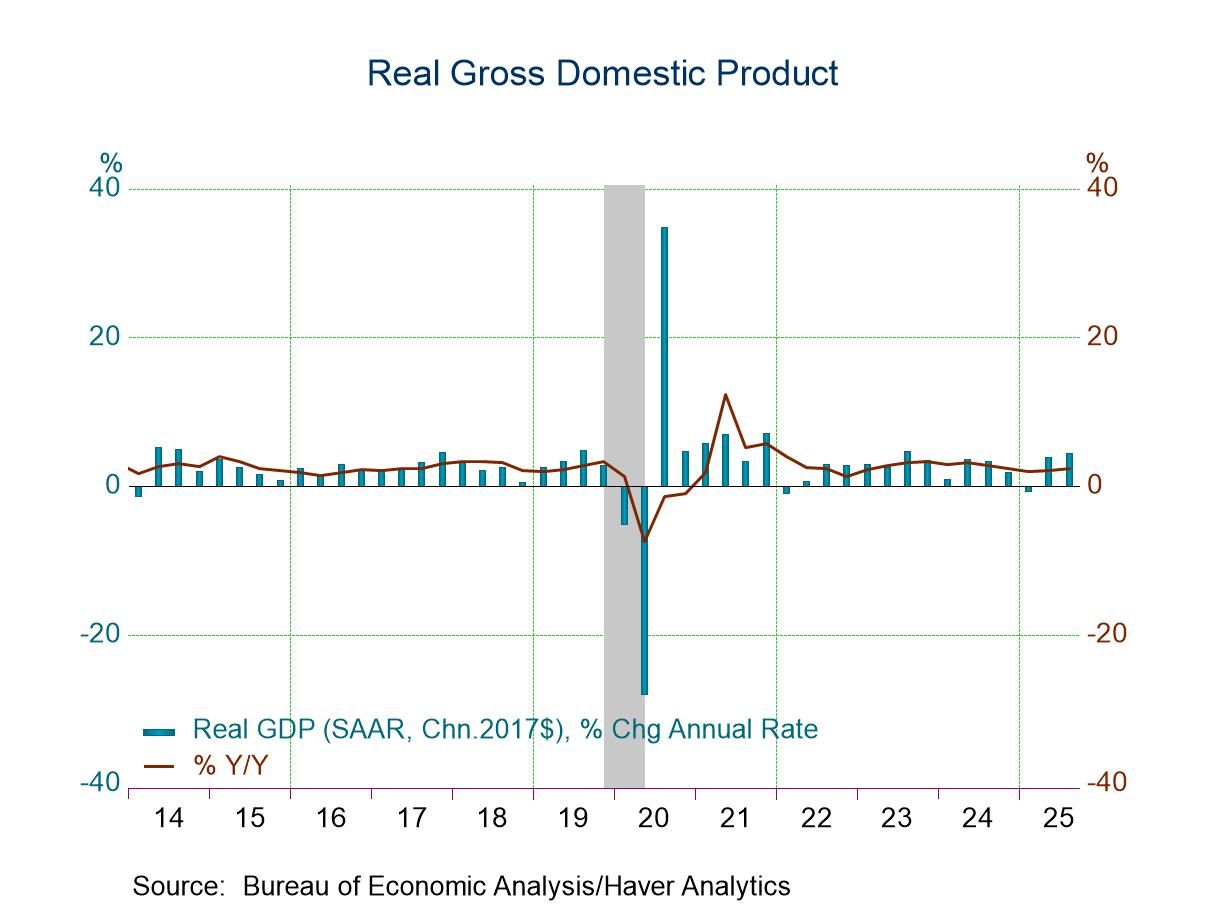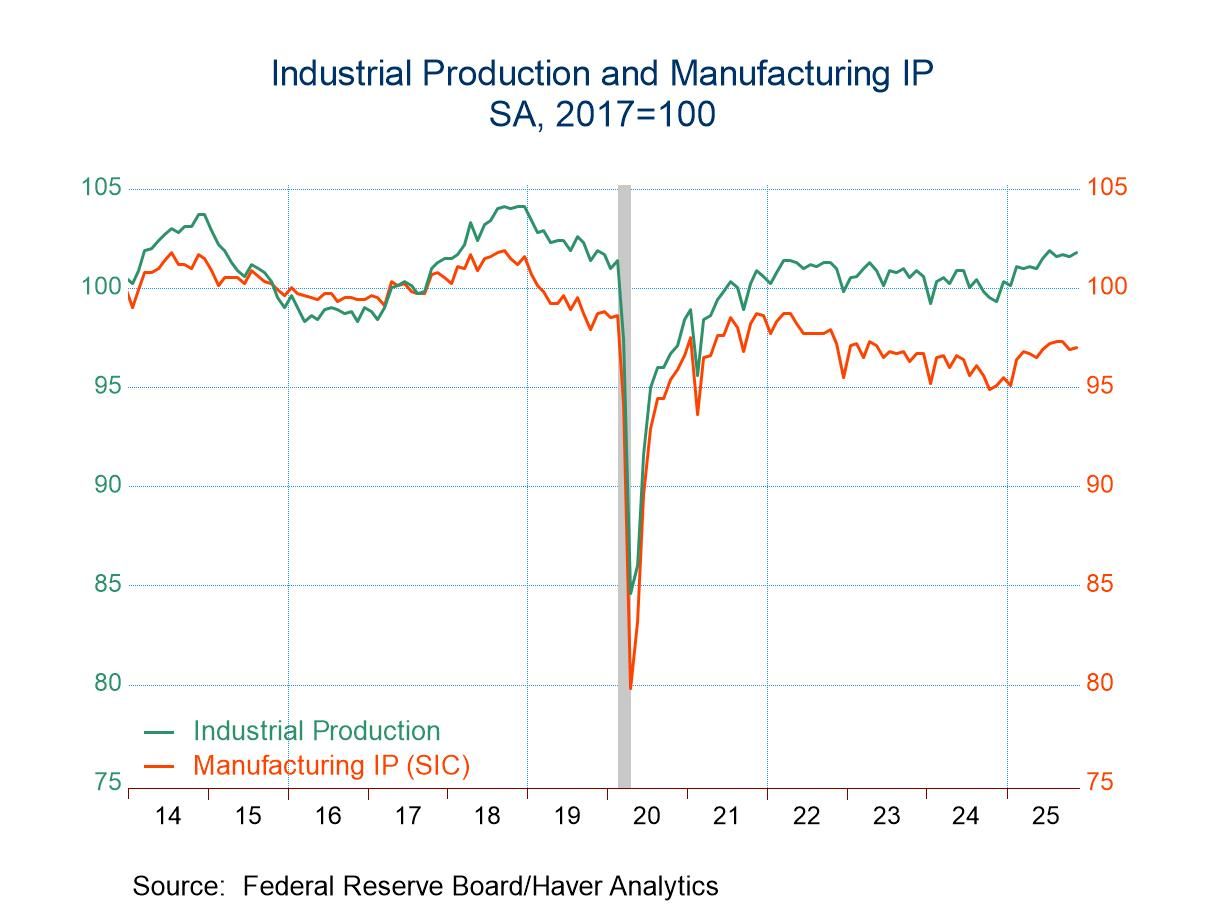 Global| Nov 24 2022
Global| Nov 24 2022Charts of the Week (Nov 24, 2022)
by:Andrew Cates
|in:Economy in Brief
Summary
_We have published this shorter edition of Charts of the Week earlier than normal owing to the US Thanksgiving holiday on Thursday. _ Investors have, on the whole, been taking a more positive view about the outlook for the world economy in the last couple of weeks in part because of evidence that the US inflation cycle may be turning. But there have been other fundamental factors that have – at the margin – contributed to a more upbeat market mood. For example, a sharp retreat in oil prices in the past few weeks – and their impact in lowering inflation expectations – ought to be good news for global growth as we underscore in our first chart this week. Incoming economic data have also been surprising the consensus on the upside more frequently in recent weeks, a trend that we highlight in our second chart. And finally, hopes have also risen that China may enact much less restrictive policies toward the COVID pandemic, which might unleash some pent-up demand, a point that we make via our final chart this week.
Oil prices Notwithstanding high day-to-day volatility, oil prices have been falling in recent weeks, in part because of weaker-than-expected global demand. Against that backdrop, market-based gauges of inflation expectations have also eased. This is though arguably unsurprising given the high correlation that has previously existed between the price of oil and those measures of inflation expectations (see chart 1 below). The gyrations in global demand relative to the market's expectations are probably a common thread.
Chart 1: Inflation expectations and oil prices

Stock markets and data surprises Lower growth expectations - and heightened fears of a global recession - have not, however, found an echo in the world's equity markets over the past few weeks. As we noted above, that's in part because of more favourable US inflation data and hopes - that have been amplified by weaker oil prices – that the US Fed can engineer a soft landing. Incoming economic data, however, have also been surprising forecasters' expectations to the upside more frequently over the last few weeks, admittedly somewhat counter to suggestions that global demand has been weaker-than-anticipated. The upshot of this though has been a narrowing of the spread between the Citigroup growth surprise index and the inflation surprise index, as evidenced in chart 2 below.
Chart 2: Global equity markets and economic data surprises

China's COVID policy One of the linking factors in those observations above about the global economic environment is China, both via its capacity to stoke (or sap) global demand as well as via its influence on global supply chains (and inflation). There is presently much conjecture of course about whether or not China's policymakers will back away from their stringent policies toward COVID. The Oxford University data, shown in chart 3 below, certainly suggest a relatively high degree of economic stringency has been maintained in recent months, at least relative to the US and UK. And a lot of pent-up demand could be unleashed into China's economy – and its service sector in particular – were lighter policies to be enacted. The big unknown for the world economy, however, concerns the balance between the firmer demand that China might generate and the additional supply not least against a backdrop of lingering global inflation uncertainty.
Chart 3: China's lockdown stringency versus the US and UK

Andrew Cates
AuthorMore in Author Profile »Andy Cates joined Haver Analytics as a Senior Economist in 2020. Andy has more than 25 years of experience forecasting the global economic outlook and in assessing the implications for policy settings and financial markets. He has held various senior positions in London in a number of Investment Banks including as Head of Developed Markets Economics at Nomura and as Chief Eurozone Economist at RBS. These followed a spell of 21 years as Senior International Economist at UBS, 5 of which were spent in Singapore. Prior to his time in financial services Andy was a UK economist at HM Treasury in London holding positions in the domestic forecasting and macroeconomic modelling units. He has a BA in Economics from the University of York and an MSc in Economics and Econometrics from the University of Southampton.






